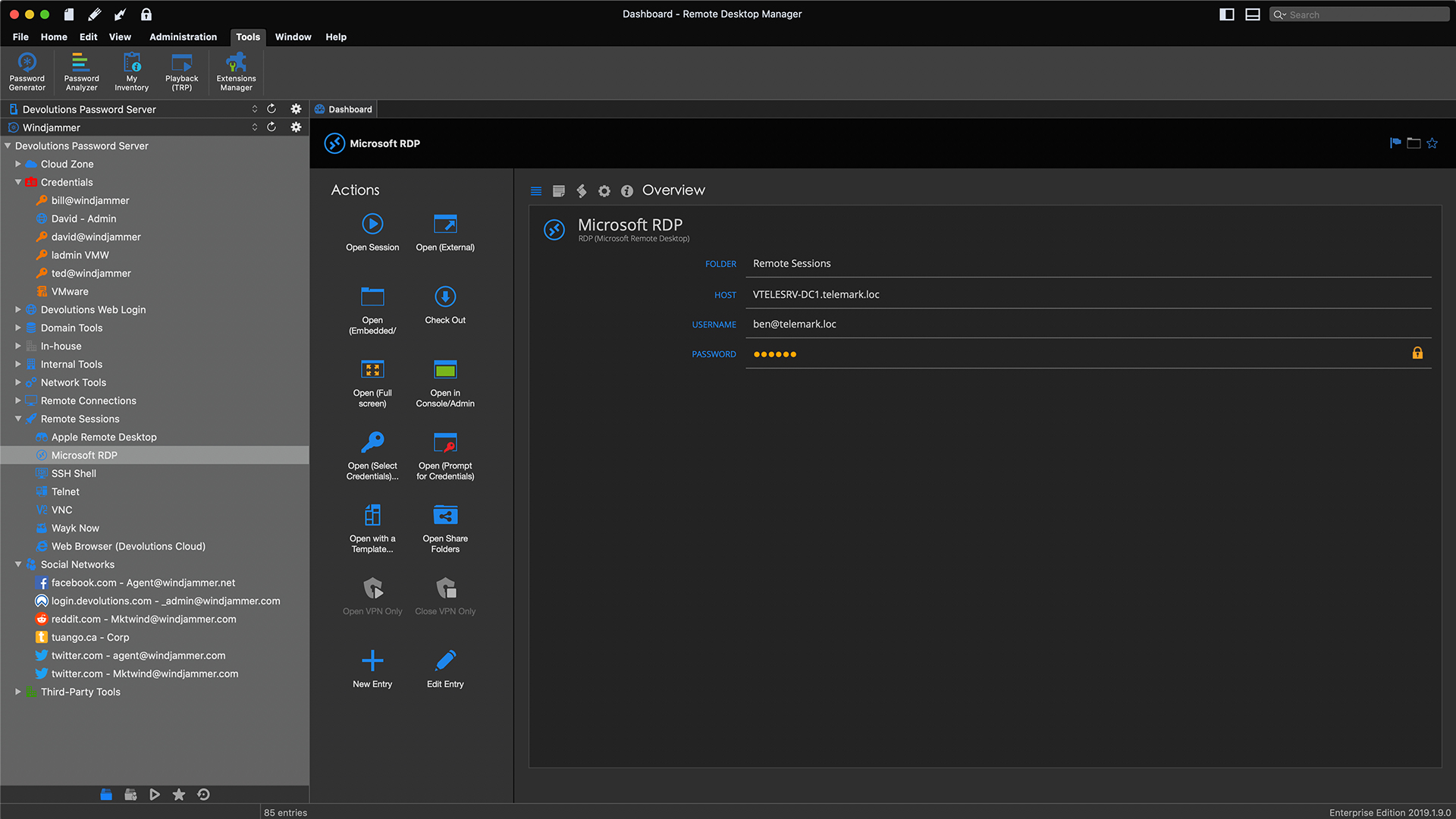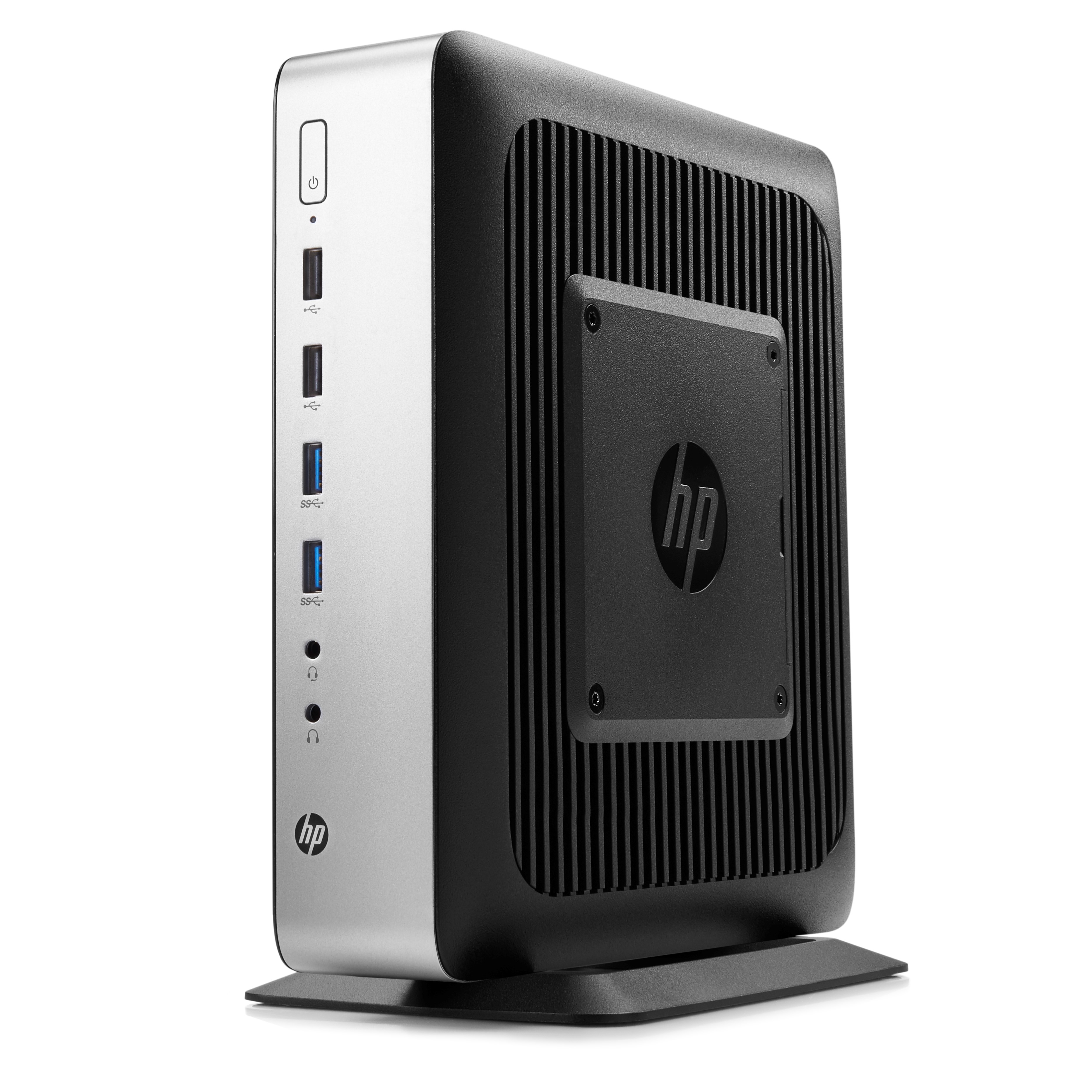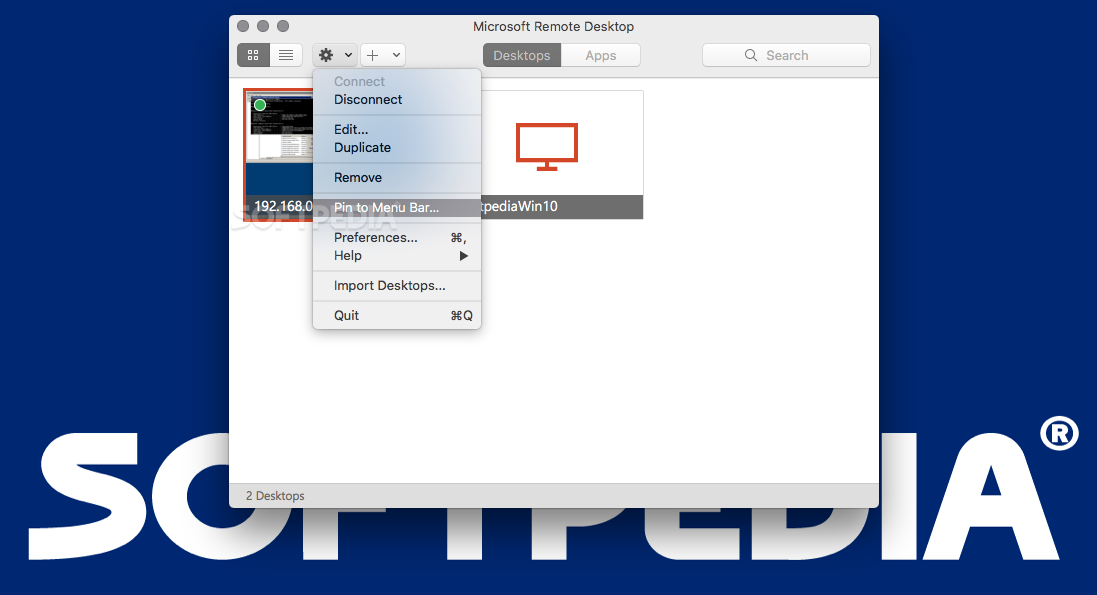- Microsoft Rdp For Linux
- Microsoft Remote Desktop Client For Linux Pro
- Microsoft Remote Desktop Client For Linux Download
- Can You Rdp To Linux
- Microsoft Remote Desktop Client For Linux Windows 10
Mar 20, 2019 Connecting to Windows 10 from Linux over Remote Desktop Ubuntu comes built-in with a remote desktop client, so, launch the Lens icon in the dock then search for the “remote desktop” client and then. NoMachine is a kind of remote desktop sharing app every system administrator or every customer service executive needs. Download NoMachine Here. Vinagre is a feature-rich remote desktop client for Linux and various other distributions including Ubuntu.
-->This article shows how students can connect to a Linux virtual machine (VM) in a lab using:
- SSH (secure shell protocol) terminal
- GUI (graphical user interface) remote desktop
Important
SSH is configured automatically so that both students and the instructor can SSH into Linux VMs without any additional setup. However, if students need to connect to using a GUI remote desktop, the instructor may need to do additional setup. For details, see Enable remote desktop for Linux virtual machines.
Connect to the student VM using SSH
When a student signs in to the Labs portal directly (
https://labs.azure.com) or by using a registration link (https://labs.azure.com/register/<registrationCode>), a tile for each lab the student has access to is displayed.On the tile, toggle the button to start the VM if it's in stopped state.
Select Connect. You see two options to connect to the VM: SSH and RDP.
Select the SSH option and you will see the Connect to your virtual machine dialog box:
Click the Copy button next to the text box to copy the SSH connection information to the clipboard.
Save the SSH connection information, such as in Text pad, so that you can use this connection information in the next step.
From an SSH terminal (like Putty), connect to your VM.
Connect to the student VM using GUI remote desktop
The instructor may choose to configure VMs so that students can also connect using a GUI remote desktop. In this case, students need to find out from their instructor whether to connect to their VMs using the Microsoft Remote Desktop (RDP) or X2Go client application. Both of these applications allow a student to connect remotely to their VM and display the Linux graphical desktop on their local computer.
Connect to the student VM using Microsoft Remote Desktop (RDP)
Students can use Microsoft Remote Desktop (RDP) to connect to their Linux VMs after their instructor sets up their lab with RDP and GUI packages for a Linux graphical desktop environment (such as MATE, XFCE, and so on). Here are the steps to connect:
On the tile for your VM, ensure the VM is running and click Connect. You see two options to connect to the VM: SSH and RDP.
Select the RDP option. When the RDP file is downloaded onto your machine, save it to your VM.
If you are connecting from a Windows computer, typically, the Microsoft Remote Desktop (RDP) client is already installed and configured. As a result, all you need to do is click on the RDP file to open it and start the remote session.
Instead, if you are connecting from either a Mac or Chromebook, refer to the following steps:
- Connect to a VM using RDP on a Mac.
- Connect to a VM using RDP on a Chromebook.
Connect to the student VM using X2Go
Students can use X2Go to connect to their Linux VMs after their instructor sets up their lab with X2Go and the GUI packages for a Linux graphical desktop environment (such as MATE, XFCE, and so on).
Students need to find out from their instructor which Linux graphical desktop environment their instructor has installed. This information is needed in the next steps to connect using the X2Go client.

Install the X2Go client on your local computer.
Follow the instructions in the first section to copy the SSH connection information for your VM. You need this information to connect using the X2Go client.
Once you have the SSH connection information, open the X2Go client and select Session > New Session.
Enter the values in the Session Preferences pane based on your SSH connection information. For example, your connection information will look similar to this:
Using this example, the following values are entered:
- Session name - Specify a name, such as the name of your VM.
- Host - The ID of your VM; for example,
ml-lab-00000000-0000-0000-0000-000000000000.eastus2.cloudapp.azure.com. - Login - The username for your VM; for example, student.
- SSH port - The unique port assigned to your VM; for example, 12345.
- Session type - Select the Linux graphical desktop environment that your instructor configured your VM. You need to get this information from your instructor.
Finally, click OK to create the session.
Click on your session in the right-hand pane.
Note
If you are prompted with a similar message to this, select yes to continue to entering your password: The authenticity of host '[
00000000-0000-0000-0000-000000000000.eastus2.cloudapp.eastus.cloudapp.azure.com]:12345' can't be established. ECDSA key fingerprint is SHA256:00000000000000000000000000000000000000000000.Are you sure you want to continue connecting (yes/no)?When prompted, enter your password and click OK. You will now be remotely connected to your VM's GUI desktop environment.
Next steps
To learn how to enable the remote desktop connection feature for Linux VMs in a classroom lab, see Enable remote desktop for Linux virtual machines.
-->Applies to: Windows 10, Windows 10 IoT Enterprise, and Windows 7
You can use the Remote Desktop client for Windows Desktop to access Windows apps and desktops remotely from a different Windows device.
Note
- This documentation is not for the Remote Desktop Connection (MSTSC) client that ships with Windows. It's for the new Remote Desktop (MSRDC) client.
- This client currently only supports accessing remote apps and desktops from Windows Virtual Desktop.
- Curious about the new releases for the Windows Desktop client? Check out What's new in the Windows Desktop client
Install the client

Choose the client that matches the version of Windows. The new Remote Desktop client (MSRDC) supports Windows 10, Windows 10 IoT Enterprise, and Windows 7 client devices.
You can install the client for the current user, which doesn't require admin rights, or your admin can install and configure the client so that all users on the device can access it.
Once you've installed the client, you can launch it from the Start menu by searching for Remote Desktop.
Update the client
You'll be notified whenever a new version of the client is available as long as your admin hasn't disabled notifications. The notification will appear in either the Connection Center or the Windows Action Center. To update your client, just select the notification.
You can also manually search for new updates for the client:
- From the Connection Center, tap the overflow menu (...) on the command bar at the top of the client.
- Select About from the drop-down menu.
- The client automatically searches for updates.
- If there's an update available, tap Install update to update the client.
Workspaces
Get the list of managed resources you can access, such as apps and desktops, by subscribing to the Workspace your admin provided you. When you subscribe, the resources become available on your local PC. The Windows Desktop client currently supports resources published from Windows Virtual Desktop.
Subscribe to a Workspace

There are two ways you can subscribe to a Workspace. The client can try to discover the resources available to you from your work or school account or you can directly specify the URL where your resources are for cases where the client is unable to find them. Once you've subscribed to a Workspace, you can launch resources with one of the following methods:
- Go to the Connection Center and double-click a resource to launch it.
- You can also go to the Start menu and look for a folder with the Workspace name or enter the resource name in the search bar.
Subscribe with a user account
- From the main page of the client, tap Subscribe.
- Sign in with your user account when prompted.
- The resources will appear in the Connection Center grouped by Workspace.
Subscribe with URL
- From the main page of the client, tap Subscribe with URL.
- Enter the Workspace URL or your email address:
- If you use the Workspace URL, use the one your admin gave you. If accessing resources from Windows Virtual Desktop, you can use one of the following URLs:
- Windows Virtual Desktop (classic):
https://rdweb.wvd.microsoft.com/api/feeddiscovery/webfeeddiscovery.aspx - Windows Virtual Desktop:
https://rdweb.wvd.microsoft.com/api/arm/feeddiscovery
- Windows Virtual Desktop (classic):
- To use email, enter your email address. This tells the client to search for a URL associated with your email address if your admin has setup email discovery.
- If you use the Workspace URL, use the one your admin gave you. If accessing resources from Windows Virtual Desktop, you can use one of the following URLs:
- Tap Next.
- Sign in with your user account when prompted.
- The resources will appear in the Connection Center grouped by Workspace.
Workspace details
After subscribing, you can view additional information about a Workspace on the Details panel:
- The name of the Workspace
- The URL and username used to subscribe
- The number of apps and desktops
- The date/time of the last refresh
- The status of the last refresh
Accessing the Details panel:
- From the Connection Center, tap the overflow menu (...) next to the Workspace.
- Select Details from the drop-down menu.
- The Details panel appears on the right side of the client.
After you've subscribed, the Workspace will refresh automatically on a regular basis. Resources may be added, changed, or removed based on changes made by your admin.
You can also manually look for updates to the resources when needed by selecting Refresh from the Details panel.
Refreshing a Workspace

You can manually refresh a Workspace by selecting Refresh from the overflow menu (...) next to the Workspace.
Unsubscribe from a Workspace
This section will teach you how to unsubscribe from a Workspace. You can unsubscribe to either subscribe again with a different account or remove your resources from the system.
- From the Connection Center, tap the overflow menu (...) next to the Workspace.
- Select Unsubscribe from the drop-down menu.
- Review the dialog box and select Continue.
Managed desktops
Workspaces can contain multiple managed resources, including desktops. When accessing a managed desktop, you have access to all the apps installed by your admin.
Desktop settings
You can configure some of the settings for desktop resources to ensure the experience meets your needs. To access the list of available settings right-click on the desktop resource and select Settings.
The client will use the settings configured by your admin unless you turn off the Use default settings option. Doing so allows you to configure the following options:
- Display configuration selects which displays to use for the desktop session and impacts which additional settings are available.
- All displays ensures the session always uses all your local displays even when some of them are added or removed later.
- Single display ensures the session always uses a single display and allows you to configure its properties.
- Select displays allows you to choose which displays to use for the session and provides an option to dynamically change the list of displays during the session.
- Select the displays to use for the session specifies which local displays to use for the session. All selected displays must be adjacent to each other. This setting is only available in Select display mode.
- Maximize to current displays determines which displays the sessions will use when going full screen. When enabled, the session goes full screen on the displays touched by the session window. This allows you to change displays during the session. When disabled, the session goes full screen on the same displays it was on the last time it was full screen. This setting is only available in Select display mode and is disabled otherwise.
- Single display when windowed determines which displays are available in the session when exiting full screen. When enabled, the session switches to a single display in windowed mode. When disabled, the session retains the same displays in windowed mode as in full screen. This setting is only available in All displays and Select display modes and is disabled otherwise.
- Start in full screen determines whether the session will launch in full-screen or windowed mode. This setting is only available in Single display mode and is enabled otherwise.
- Fit session to window determines how the session is displayed when the resolution of the remote desktop differs from the size of the local window. When enabled, the session content will be resized to fit inside the window while preserving the aspect ratio of the session. When disabled, scrollbars or black areas will be shown when the resolution and window size don't match. This setting is available in all modes.
- Update the resolution on resize makes the remote desktop resolution automatically update when you resize the session in windowed mode. When disabled, the session always remains at whichever resolution you specify in Resolution. This setting is only available in Single display mode and is enabled otherwise.
- Resolution lets you specify the resolution of the remote desktop. The session will retain this resolution for its entire duration. This setting is only available in Single display mode and when Update the resolution on resize is disabled.
- Change the size of the text and apps specifies the size of the content of the session. This setting only applies when connecting to Windows 8.1 and later or Windows Server 2012 R2 and later. This setting is only available in Single display mode and when Update the resolution on resize is disabled.
Microsoft Rdp For Linux
Give us feedback
Microsoft Remote Desktop Client For Linux Pro
Have a feature suggestion or want to report a problem? Tell us with the Feedback Hub.
You can also give us feedback by selecting the button that looks like a smiley face emoticon in the client app, as shown in the following image:
Microsoft Remote Desktop Client For Linux Download
Note
To best help you, we need you to give us as detailed information about the issue as possible. For example, you can include screenshots or a recording of the actions you took leading up to the issue. For more tips about how to provide helpful feedback, see Feedback.
Access client logs
Can You Rdp To Linux
You might need the client logs when investigating a problem.
To retrieve the client logs:
Microsoft Remote Desktop Client For Linux Windows 10
- Ensure no sessions are active and the client process isn't running in the background by right-clicking on the Remote Desktop icon in the system tray and selecting Disconnect all sessions.
- Open File Explorer.
- Navigate to the %temp%DiagOutputDirRdClientAutoTrace folder.
